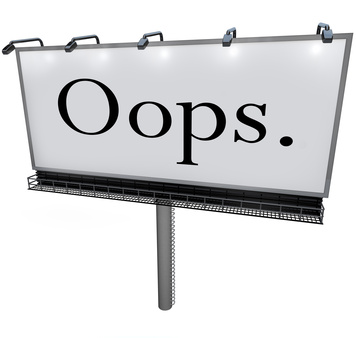7 “You Know What I Meant” Mistakes
Posted: June 16, 2012
Even some though of the words this in sentence are misplaced, I bet you can still understand it.
Even some though of the words this in sentence are misplaced, I bet you can still understand it.
One can often stumble through a sentence that isn’t quite right and then backtrack to make sense of it and then, reasonably confident of its [caption id="attachment_10247" align="alignright" width="356"] © iQoncept - Fotolia.com[/caption]meaning, slog out again and continue on one’s way. Or one can waltz right through a sentence and keep right on dancing. Which technique do you prefer your readers to follow? (Hint: What would you, as a reader, rather do?) Don’t let “You know what I meant” be your byword for stringing trains of words together — avoid these almost-right constructions. (Links to related posts follow each example.)
© iQoncept - Fotolia.com[/caption]meaning, slog out again and continue on one’s way. Or one can waltz right through a sentence and keep right on dancing. Which technique do you prefer your readers to follow? (Hint: What would you, as a reader, rather do?) Don’t let “You know what I meant” be your byword for stringing trains of words together — avoid these almost-right constructions. (Links to related posts follow each example.)
1. “The agency acquired the parcel in 1931, but at that time — in the heart of the Great Depression — public acquisition of the adjacent property was not feasible — even though it grove was offered at a bargain price.”
A sentence is allowed one em dash, which sets off one part of the sentence from another with a sudden break to indicate an abrupt change in direction or a surprising statement, or a pair of em dashes to serve as a more emphatic replacement for two commas or a brace of parentheses.
If you find yourself with three em dashes, convert a singleton to a comma or use parenthetical alternatives for the pair; two’s company, but three’s a crowd: “The agency acquired the parcel in 1931, but at that time — in the heart of the Great Depression — public acquisition of the adjacent property was not feasible, even though the grove was offered at a bargain price.” (em dashes).